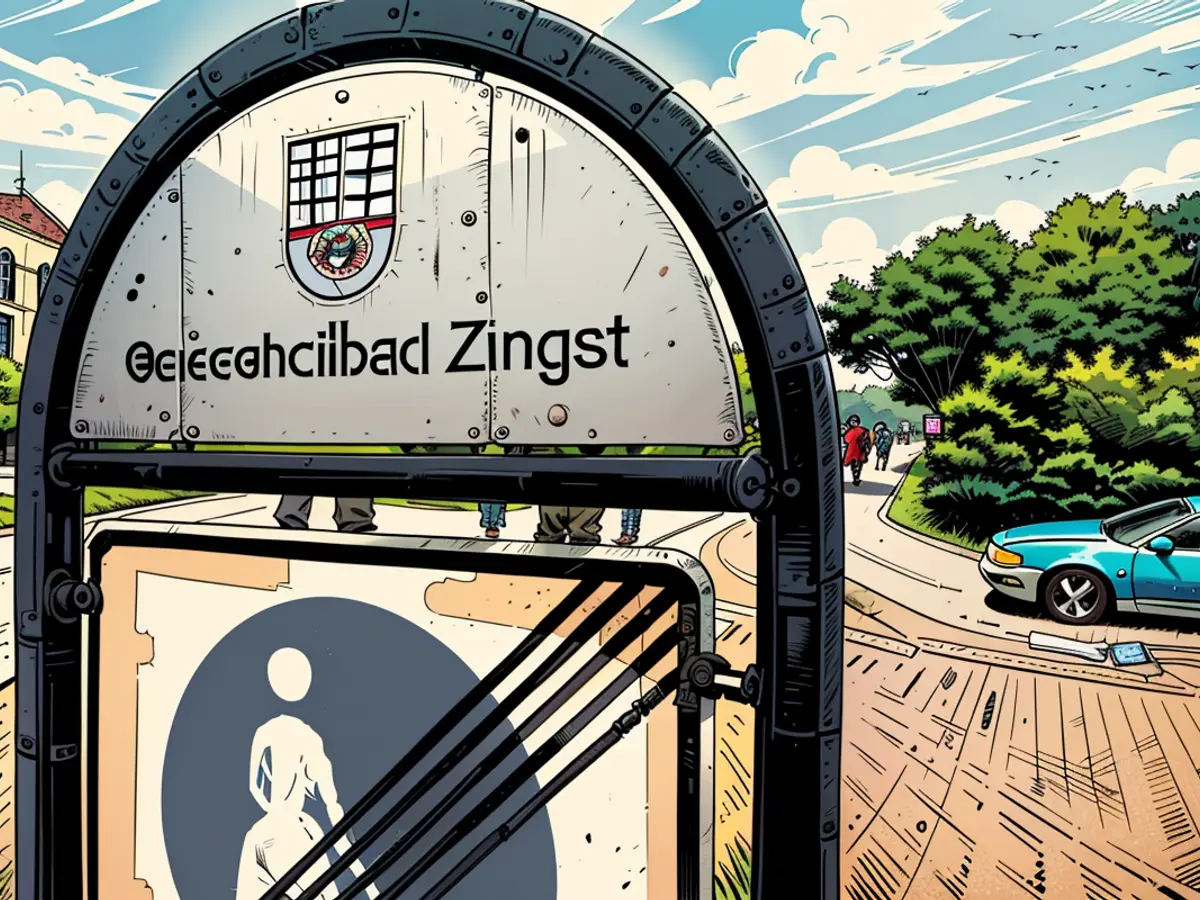- Star-studded rain: Map showing how clear the night sky is near you
Mid-summer is meteor shower season: Mid-August brings the legendary Perseid meteor shower, making countless shooting stars visible to the naked eye. This year, the meteor shower will be best observed in the early morning hours of Monday and Tuesday night of next week. With clear skies, observers can expect to see a meteor streak across the sky every two minutes.
Meteor shower for night owls and early birds
The first Perseids appear in the sky as early as late July. Their numbers increase before reaching their peak on the upcoming Monday afternoon - precisely when it's daylight in Germany. However, according to the German Astronomical Society and the House of Astronomy in Heidelberg, 20 to 30 meteors per hour will still be visible in the nights around the peak, from Sunday to Monday and Monday to Tuesday.
Map: How clear is the night sky where you are
Trail to the constellation Perseus
The August meteors mark a fixed date in the astronomical calendar for meteor enthusiasts. The Perseids are the only major meteor shower in summer and one of the most prolific. They are named after the constellation Perseus, from which they appear to emanate - a point astronomers call the radiant.
Meteors are made of comet dust
In reality, meteors come from Earth's immediate vicinity. Every year between mid-July and late August, our planet crosses a cloud of tiny particles left behind by the 1862-discovered comet 109P/Swift-Tuttle on its orbit around the sun.
When Earth encounters the cosmic dust trail of this comet, which returns every 133 years, the often pinhead-sized particles of comet dust enter Earth's atmosphere at 60 kilometers per second - that's 216,000 kilometers per hour. At an altitude of 80 to 100 kilometers, these small dust particles create the light phenomena we call meteors. It's not the particles themselves that glow, but the air around them, heated by friction.
Larger meteors shine as brightly as bright stars and planets. Even brighter, but also much rarer, are the so-called fireballs. These spectacular meteors often leave a colorful, glowing trail behind them.
No special equipment needed
No special equipment is needed to observe the Perseids - a lounge chair or sleeping mat and a good view all around is sufficient. Binoculars or telescopes are even hindrances for spotting the quickly burning meteors, as their field of view is too small for the swift sky-crossers.
The best viewing opportunities are found far from light-polluted cities. Those who want to photograph the meteor shower should use a wide-angle lens, mount the camera on a tripod, and choose a long exposure.
The awe-inspiring spectacle of 'The rain of stars' occurs during the Perseid meteor shower, where tiny particles from a comet create bright streaks in the night sky. Despite the meteor shower's peak happening during the daytime in Germany, enthusiasts can still catch a glimpse of 20 to 30 meteors per hour in the nights surrounding the peak.







